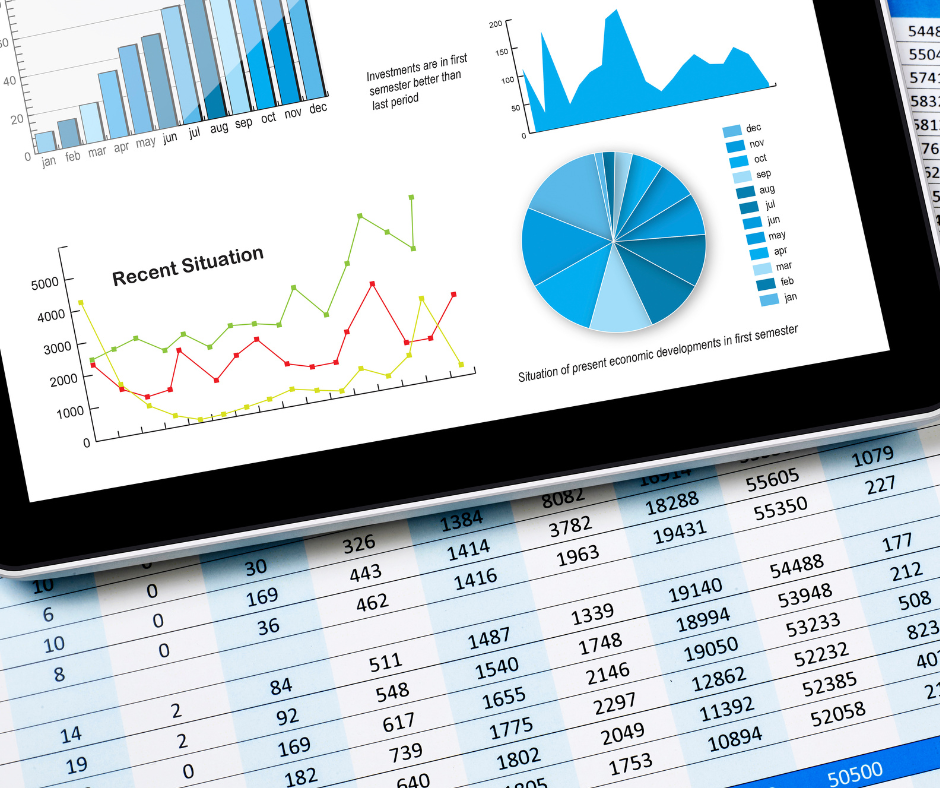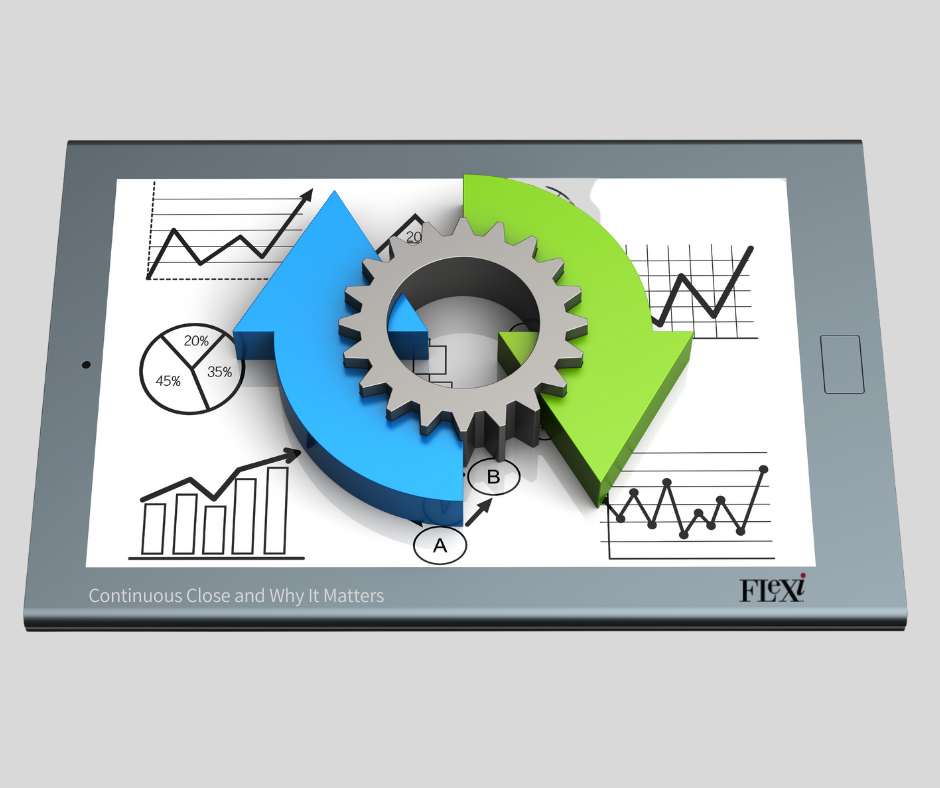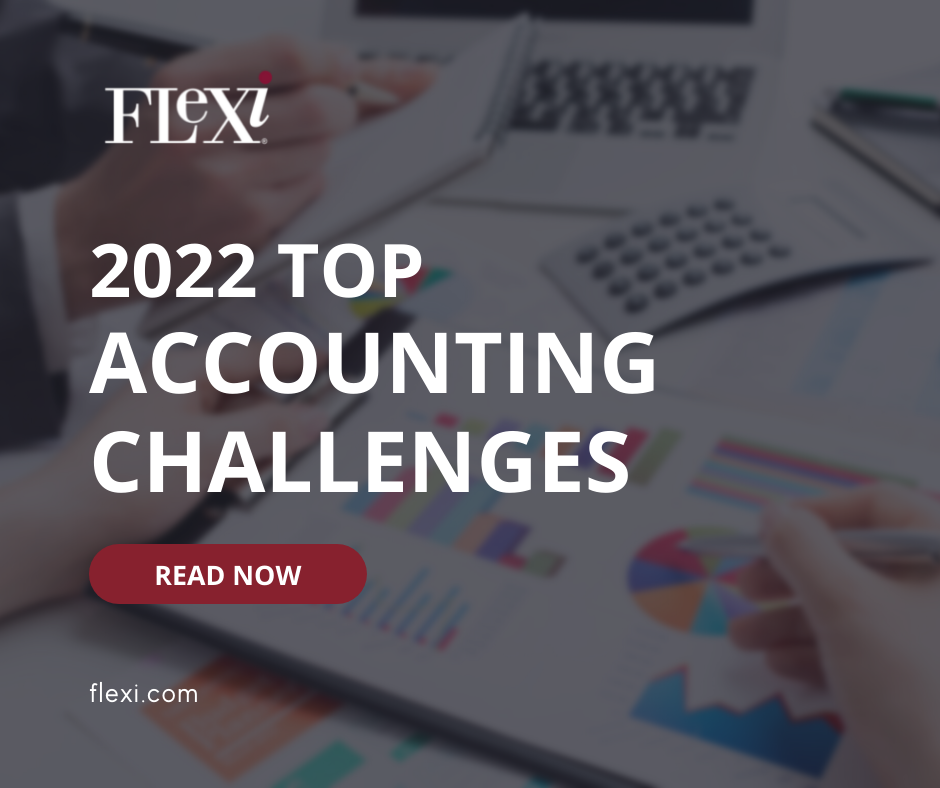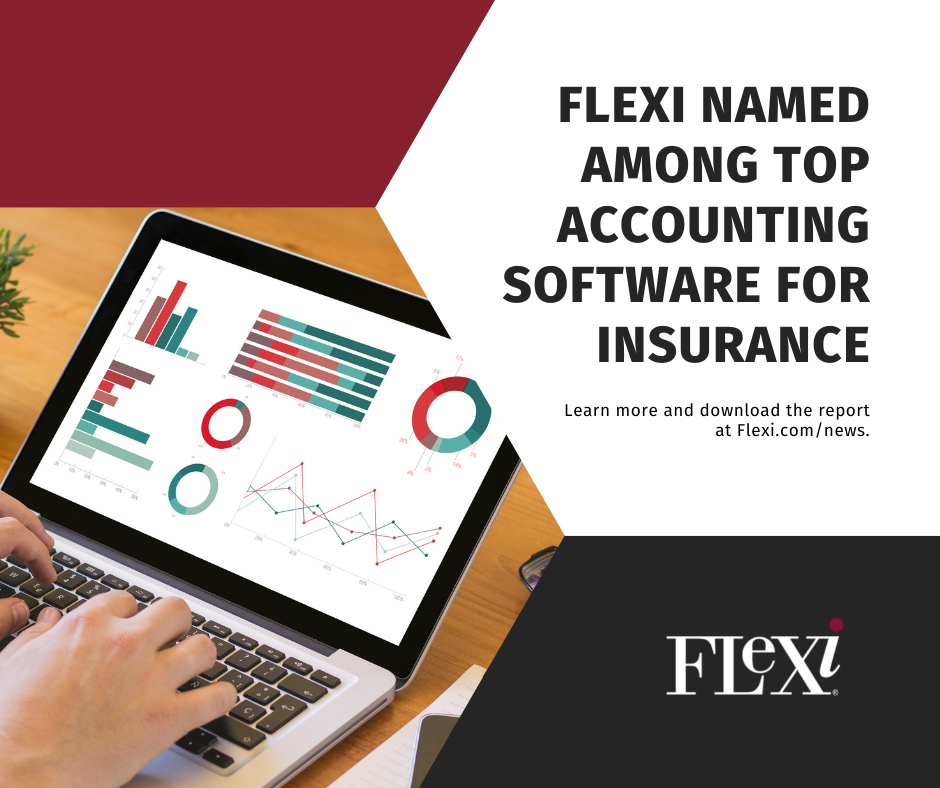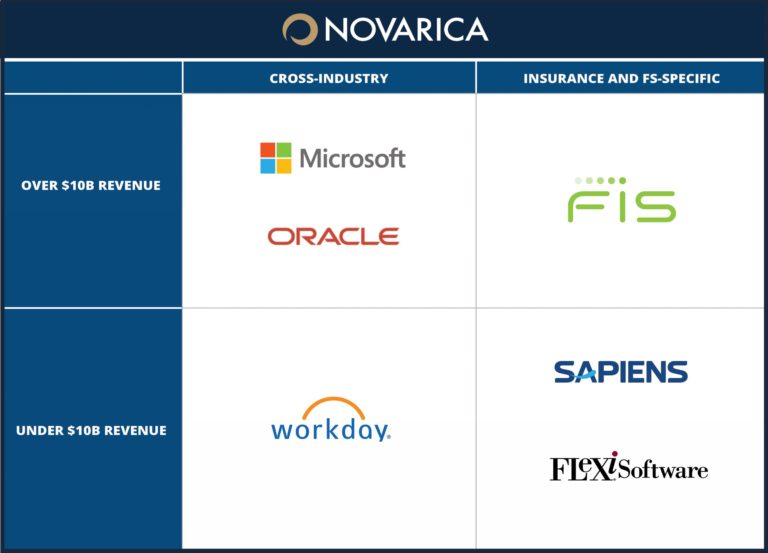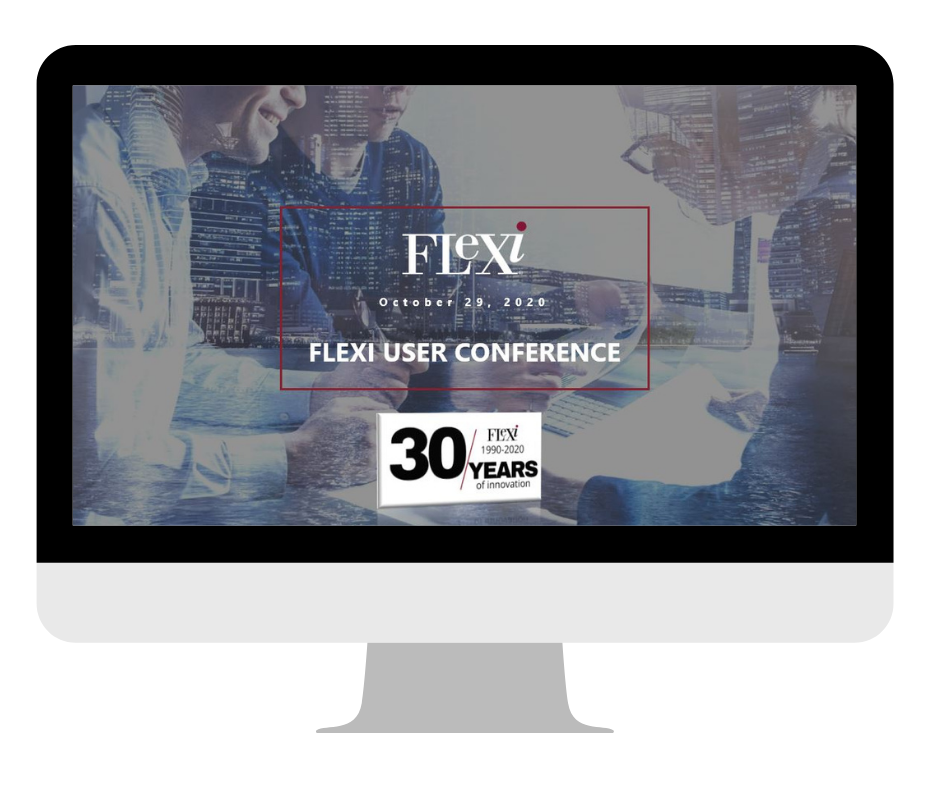With no thanks to the pandemic, accounting departments everywhere have been forced to adopt new ways of thinking and working. To understand how the industry is being impacted, we interviewed accounting professionals and executives to identify their top accounting challenges. The data we’ve collected in 2021 sets the stage for looking ahead at improvements needed in 2022.
The perspectives shared revealed unique and very real challenges; some of which have been swirling around the profession for decades while still others have only just recently bubbled up to the surface. The challenges for those at the forefront, though, are numerous and, in some cases, daunting.
Although our interviewees represented different company sizes, there were two predominate themes that surfaced: people and technology. As you will read in this article, the challenges that encircle each are highly interconnected and likely woven into the fabric of every corporate accounting department.
Let us look at the top four challenges revealed and how to solve each.
1. Skills to Pay the Bills (are Not Enough)
It’s no secret that there has been a widening skills gap in accounting. The desire to hire more well-rounded and future-ready accountants is on everyone’s to-do list, particularly as companies adopt newer technology that will automate routine accounting tasks. Thus, accountants that are also equipped to excel in strategy and financial planning roles have more value (and leverage) now than ever before.
According to Schuyler Ryan, Assistant VP of Finance, the evolution from bookkeeper to problem solver cannot happen fast enough. She shares that her accounting staff is made stronger by people who are “critical thinkers, problem solvers, and not content with doing the same thing every day.”
This does not necessarily mean eliminating the traditional accounting role as automation becomes more prevalent. What it does mean is hiring accountants who can do more than simply maintain the books.
When asked if automation was the elixir to cure all (accounting) ills, Michelle Lucero, Senior Accountant, put it bluntly. “There are a lot of opportunities for automation but I think the bigger problem is that people are automated in their thinking.” Going forward, the new breed of accountants will need to recognize that while technology is indeed changing their job description and workload, it is also necessitating the ability to take on more strategic and consultative roles, which not only adds value to the accounting organization but also to the company’s bottom line.
Tip: When looking to broaden the expertise and skillsets within the accounting department, consider the applicability of newer professions such as data analytics or forensic accounting. These types of fields emphasize critical thinking and the ability to not only understand the numbers but also the meaning behind them.
2. Manual Processes Continue to Slow Things Down
Let’s face it, manual accounting processes are one of the top frustrations of every accountant. In fact, many of the leaders we spoke with believe manual accounting is becoming more costly and no longer sustainable. Factor in more disparate systems, massive amounts of data, and more reporting and regulatory requirements, and manual processes have become akin to treading in a vat filled with molasses.
In the old days, throwing more people at the problem was always the solution. Today? Not so much. “The biggest challenge, not just for me and my team but also probably many industries, is moving away from all the manual work and finding ways to automate our accounting,” says Lucero.
Fortunately, though, things are changing. For the last few years accounting processes and the profession have been ripe for transformation through automation. The difference now is that the discussion has changed from a hypothetical to a reality. It is no longer a question of if or how automation will play a role in the accounting profession. It is now a matter of identifying what manual processes can be automated today.
Asked whether she agreed with the statement that the more processes you can automate today, the better, Natalie Roberts, VP – Accounting and Controller, says, “Absolutely. I am all about making things more efficient. I look for solutions to our problems and the more manual processes I can take off my staff’s plate, the better.”
With so many accounting complexities, automation cannot be a “one size fits all” approach. “It must be careful automation,” warns Ryan. “You don’t want to automate a process that has so many nuances that you end up spending even more time correcting that automation.”
Tip: Assess your current processes to identify areas that involve highly repetitive, routine tasks based on concise business rules, or still involve paper. Initial areas to review that may be ripe for accounting automation include invoice approval processes, AP workflows, certain journal entries and reconciliations, vendor management, or expense management such as T&E.
3. Older Technologies are Still Holding Productivity Hostage
As we sit here today, there is no doubt that technology advancements have enhanced the accountant’s ability to interpret data efficiently and effectively, particularly with innovations such as RPA (robotic process automation) and AI. The problem, though, is that change and accounting continue to be strange bedfellows. The two should co-exist and evolve harmoniously, but they oftentimes do not.
As example, according to research firm Gartner, RPA could save finance teams 25,000 hours of avoidable rework from human errors, at an annual cost savings of $878,000. Yet many companies are still in the early planning stages of RPA, and a long way from actual adoption.
This isn’t to say that all accounting organizations are averse to change as much as it is saying that some industries are more challenged than others. But given the bloated costs and productivity losses associated with manual work, companies cannot afford the status quo. Even if change doesn’t come easily, it must come.
The strides and inroads that AI is making in accounting point to an opportunity to achieve better results in a quicker span of time. Ryan, who works in the insurance industry, added, “The insurance industry, as a whole, is seeing so much change in terms of automation and AI, I think they are both going to continue to shape the accounting field for years to come.”
Tip: Look for enterprise accounting software that is modern enough to include the automation features needed, but flexible enough to address your company’s unique environment. Ideally you will want a solution that understands the insurance industry and can help you safely automate “parts” of your manual processes, including those nuances that are unique to the industry. Initial areas to assess might include automated invoice approvals, AP workflows, certain journal entries and reconciliations, vendor management, or expense management such as T&E.
4. Recruiting the Right Talent is Difficult
Marc Benioff, Chair and co-CEO of Salesforce once said, “Acquiring the right talent is the most important key to growth.” For those trying to hire accounting talent in the insurance industry, the same holds true.
The hard-earned CPA designation on a resume is no longer enough. As Ryan mentions, “I look for people who I know are going to be smart and who can think critically. I like the members of my team to have diverse skills and backgrounds because they can challenge and encourage each other by offering different perspectives.”
The reality is that new accountants who are just entering the fray, as well as the old guard, are now slowly seeing AI, cloud computing and automation as technologies that are impacting their profession and growth opportunities. Consequently, companies that are not forward-thinking and are not automating more manual processes may be losing out on much more than productivity concerns.
As Lucero explains, “One of the hidden problems associated with NOT automating and continuing to do manual work is that it can become an issue for companies that are trying to attract new talent.” New talent expects more innovative technologies and less of the repetitive, manual work that keeps them trapped in bookkeeper-type roles.
Tip: Innovative technology and the ability to attract top talent are indeed intertwined, much like the mantra of Field of Dreams, “build it and they will come.” First and foremost, future-ready technology (aided greatly by cloud accounting software) is critical to keep your company competitive and operating efficiently. An equally valuable side effect of that commitment is the ability to attract and retain ideal employees who see the opportunity to join the company as career growth and not a step back in time.
Conclusion
On the surface, the top accounting challenges involve people, skills, or productivity. But the common denominator at the heart of nearly every pain point is the need for accounting automation. Without modern technology that enables the automation of routine tasks, accounting teams cannot realize significant productivity improvements, find greater rewards and opportunities in their career choices, or attract emerging, top talent.
Spencer Kuo, VP of Solution Consulting at Flexi Software, sums it best with this: “Right now, accounting, technology and automation have reached this inflection point in which accounting is automated enough and the analytics and reporting is good enough to enable the accounting department to make that evolutionary shift from being ‘just accountants’ to being more of an analytical organization.”
Most accountants have already realized that technology will continue to change their day-to-day job requirements. They are also beginning to understand the resulting opportunity to step into expanded roles which are more strategic in nature and can add direct, impactful, and more visible value to their company. As insurance accountants elevate their learning and adoption of new technologies, it’s important to recognize that it’s not about whether automation will take jobs away but rather how it can make their job better.
Flexi’s future-ready accounting platform, combined with our 30+ years of expertise delivering enterprise accounting software, are among the reasons why advisory firm Aite-Novarica has recognized Flexi as one of the leading providers of General Ledger and Financial Systems for the financial services industry. Schedule a demo and allow us to show you the Flexi difference, and why enterprises of all sizes choose Flexi.
To dive deeper into this subject, including trends, statistics, and additional insight from industry experts, download Flexi’s eBook, Accounting Automation and AI.






